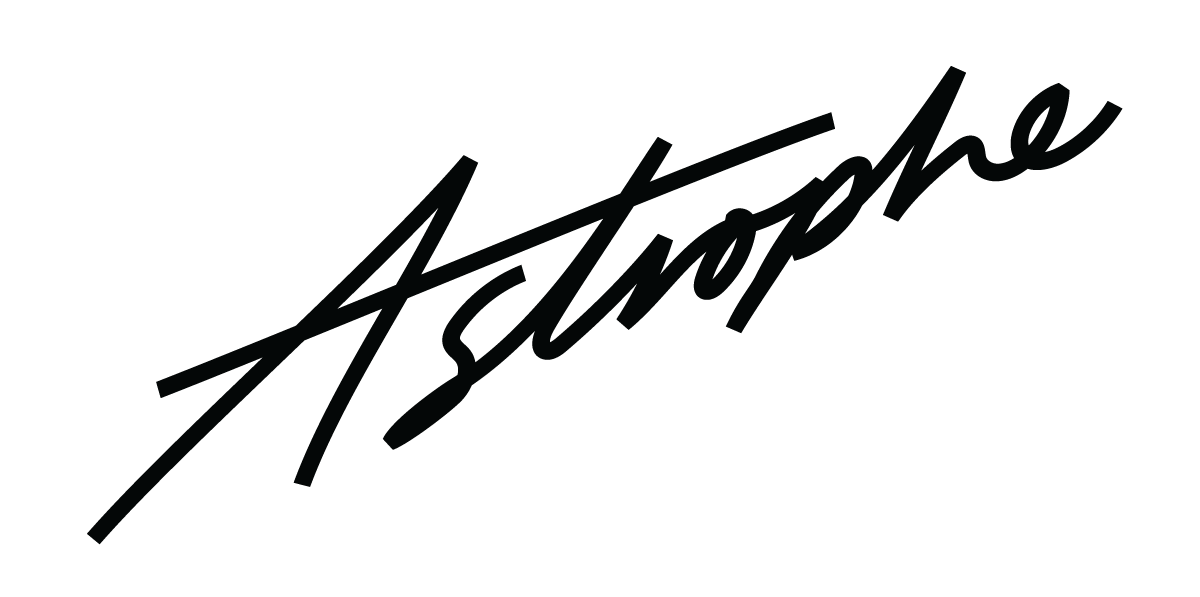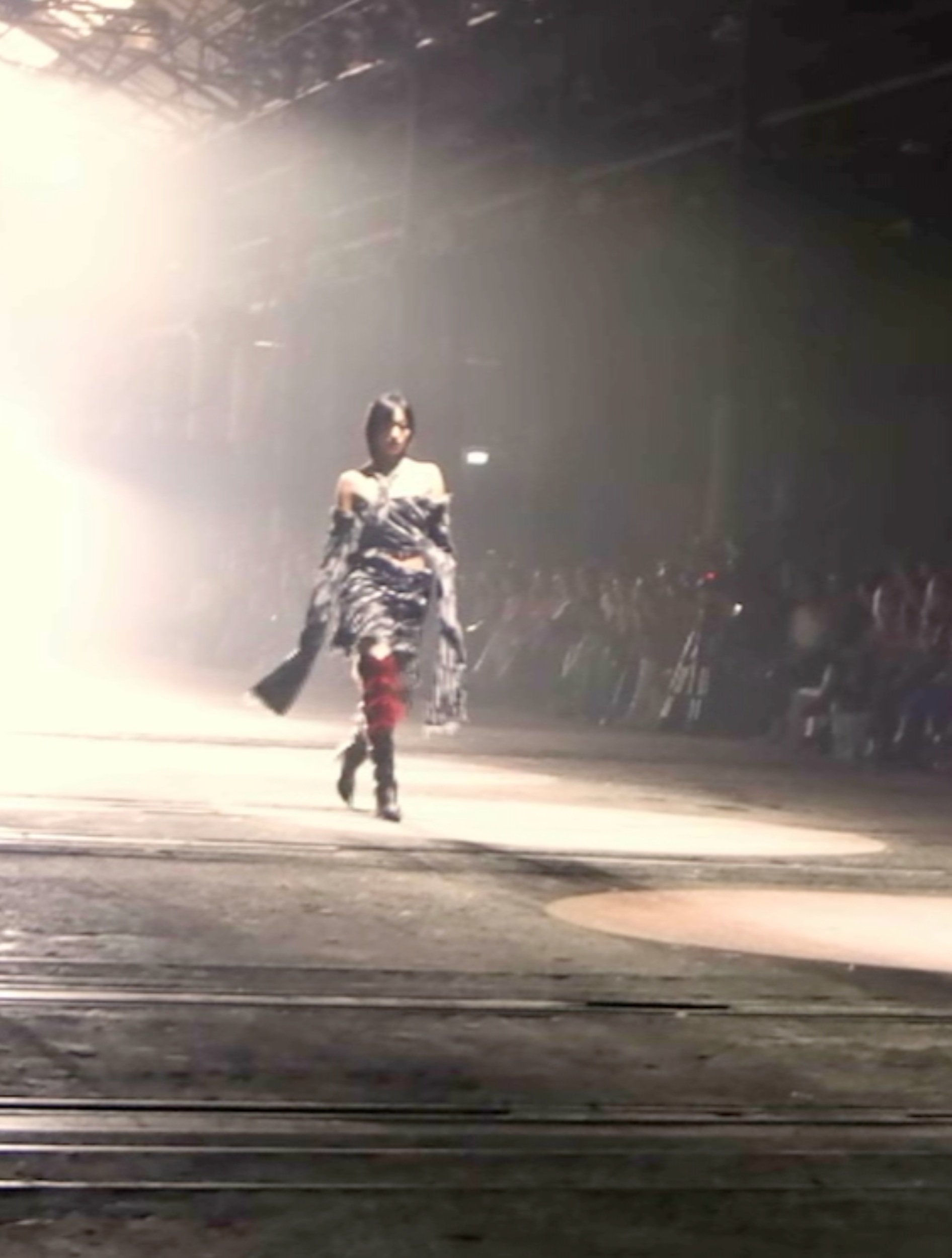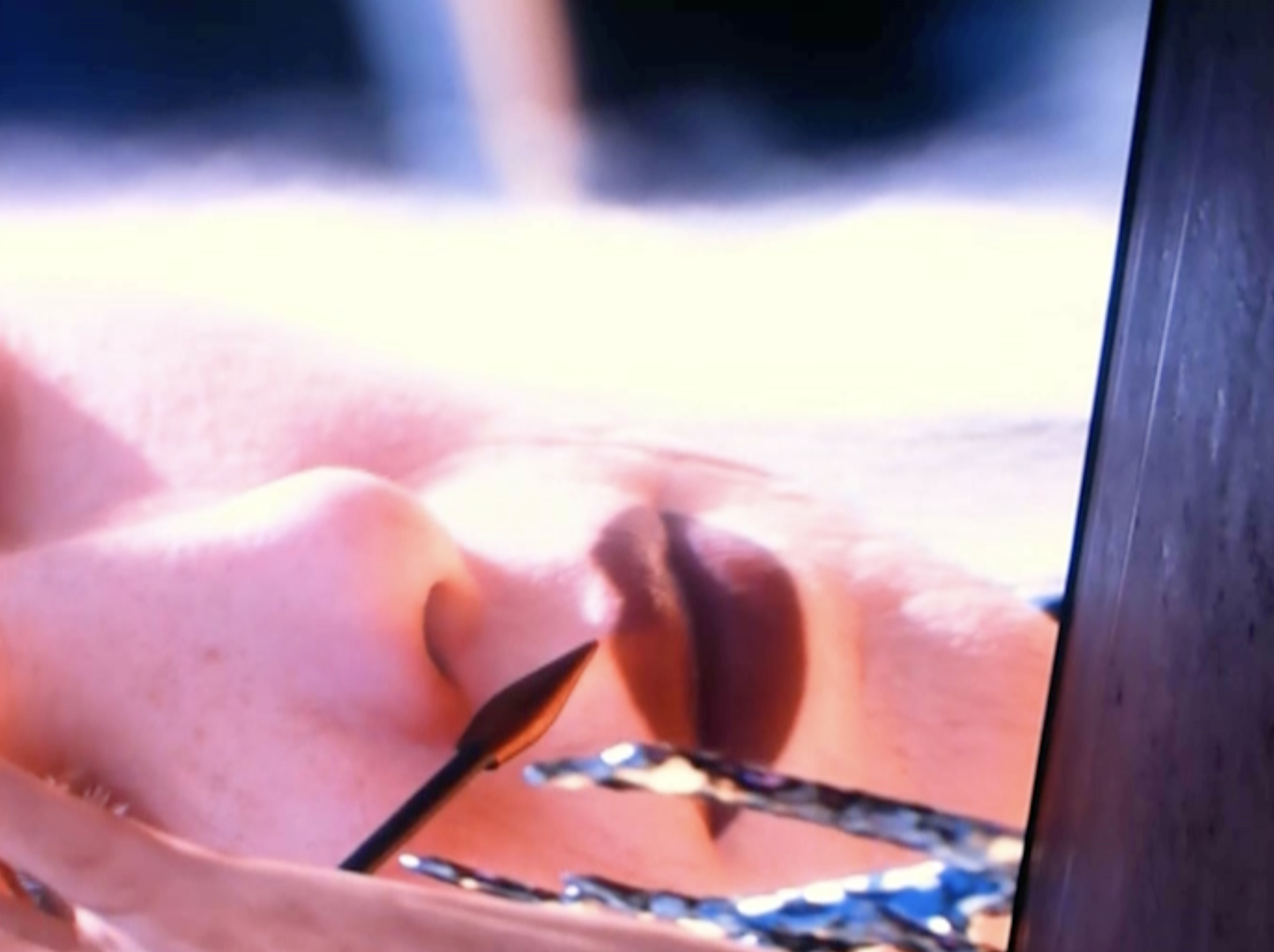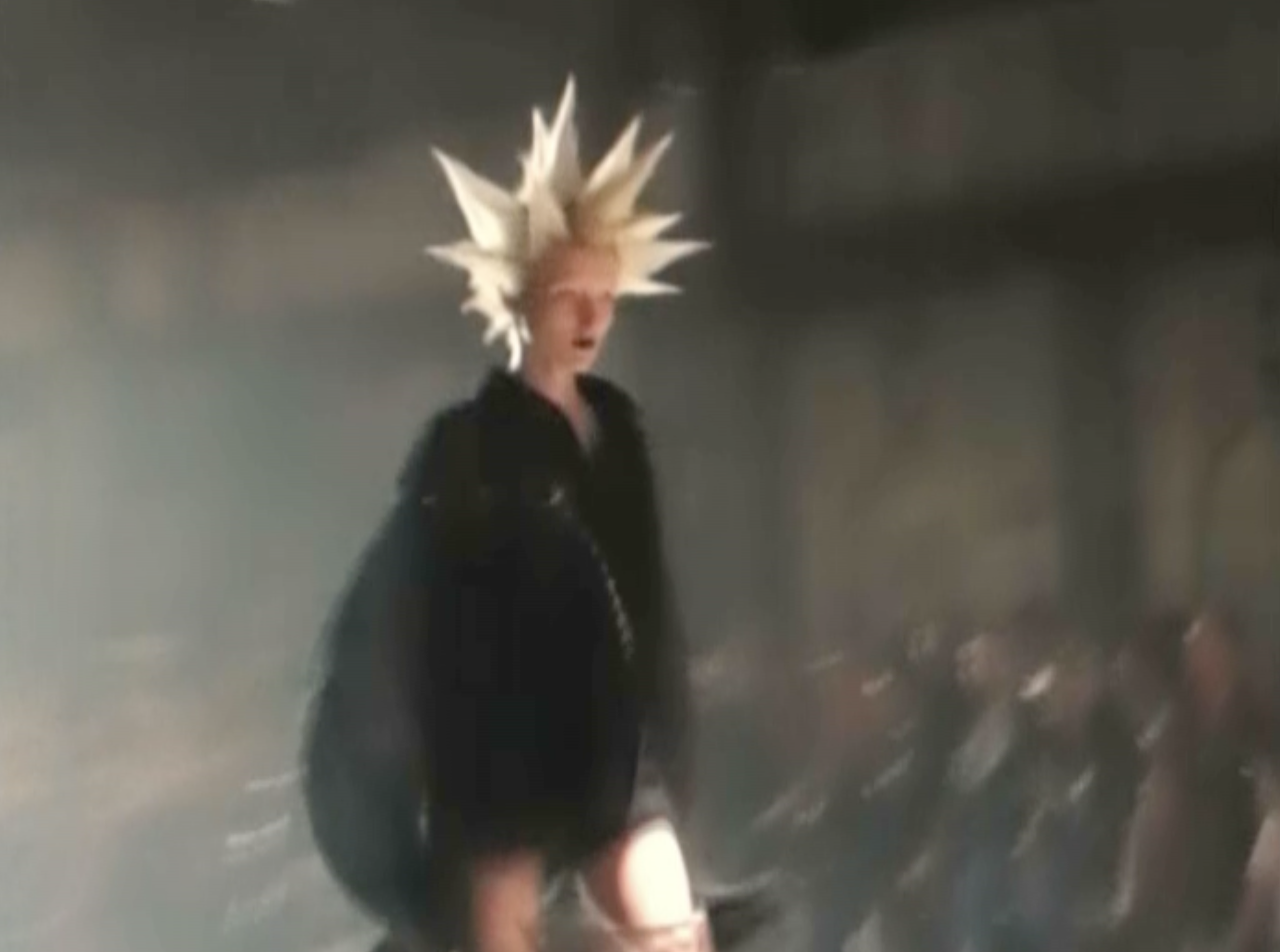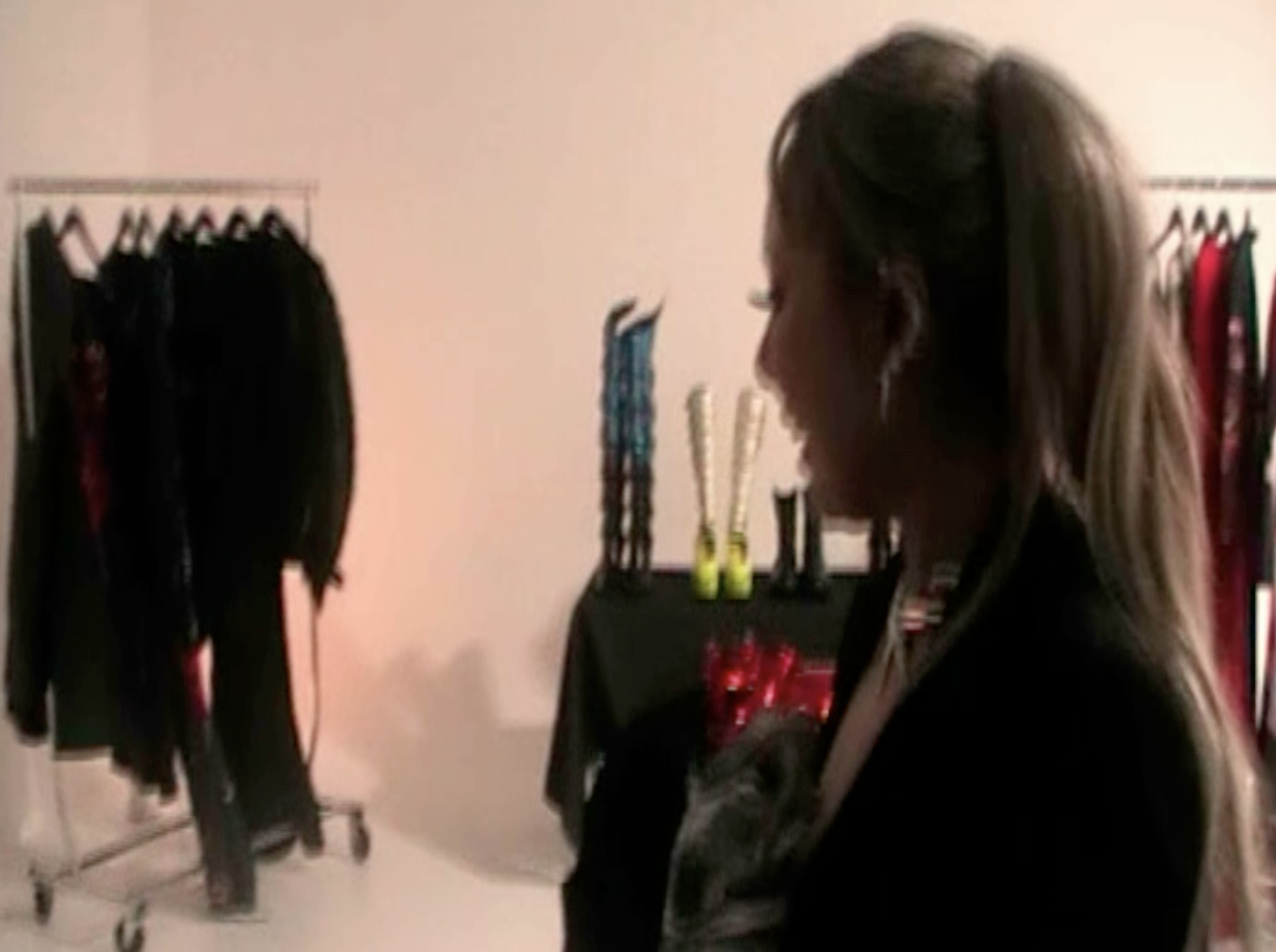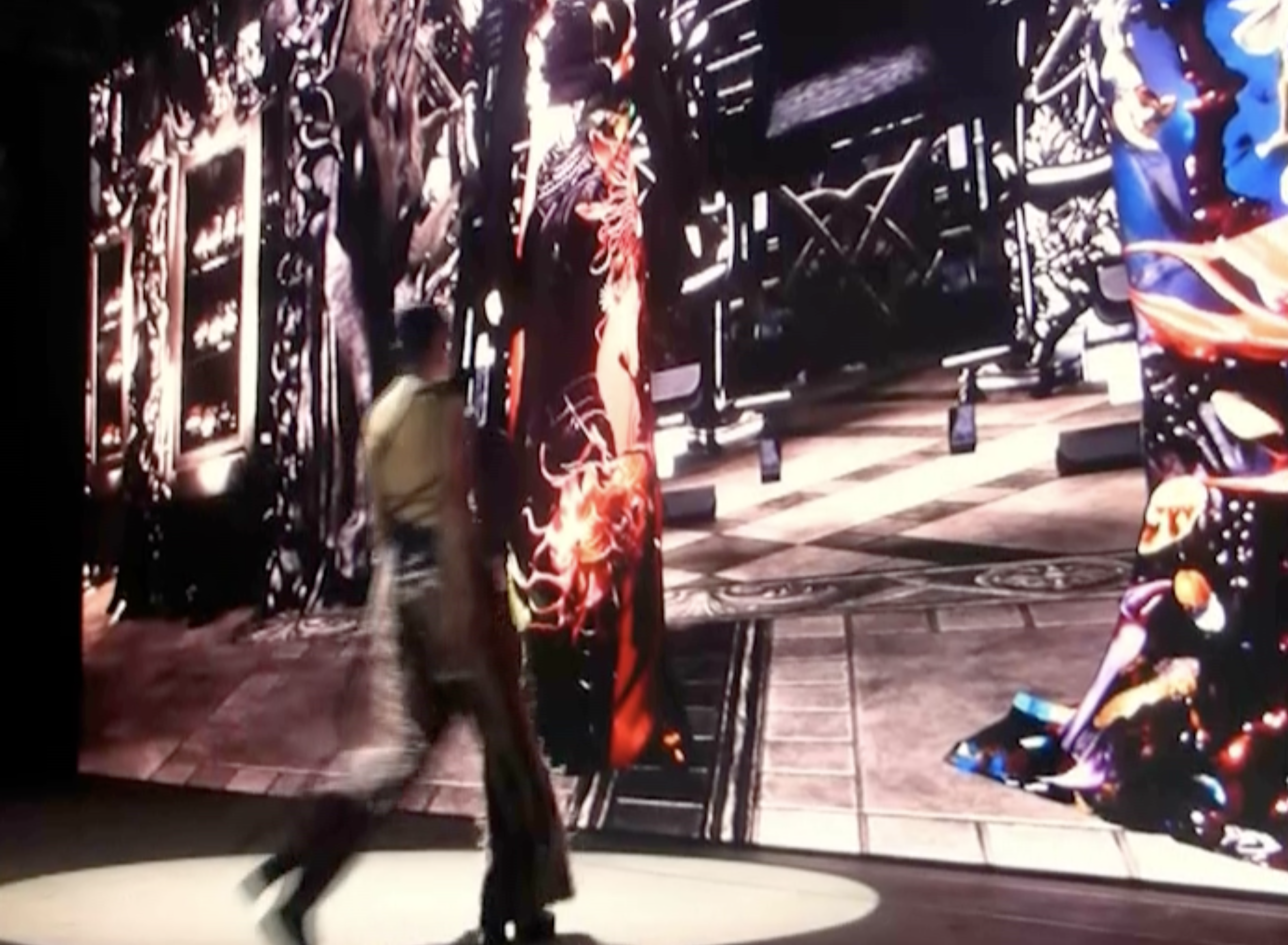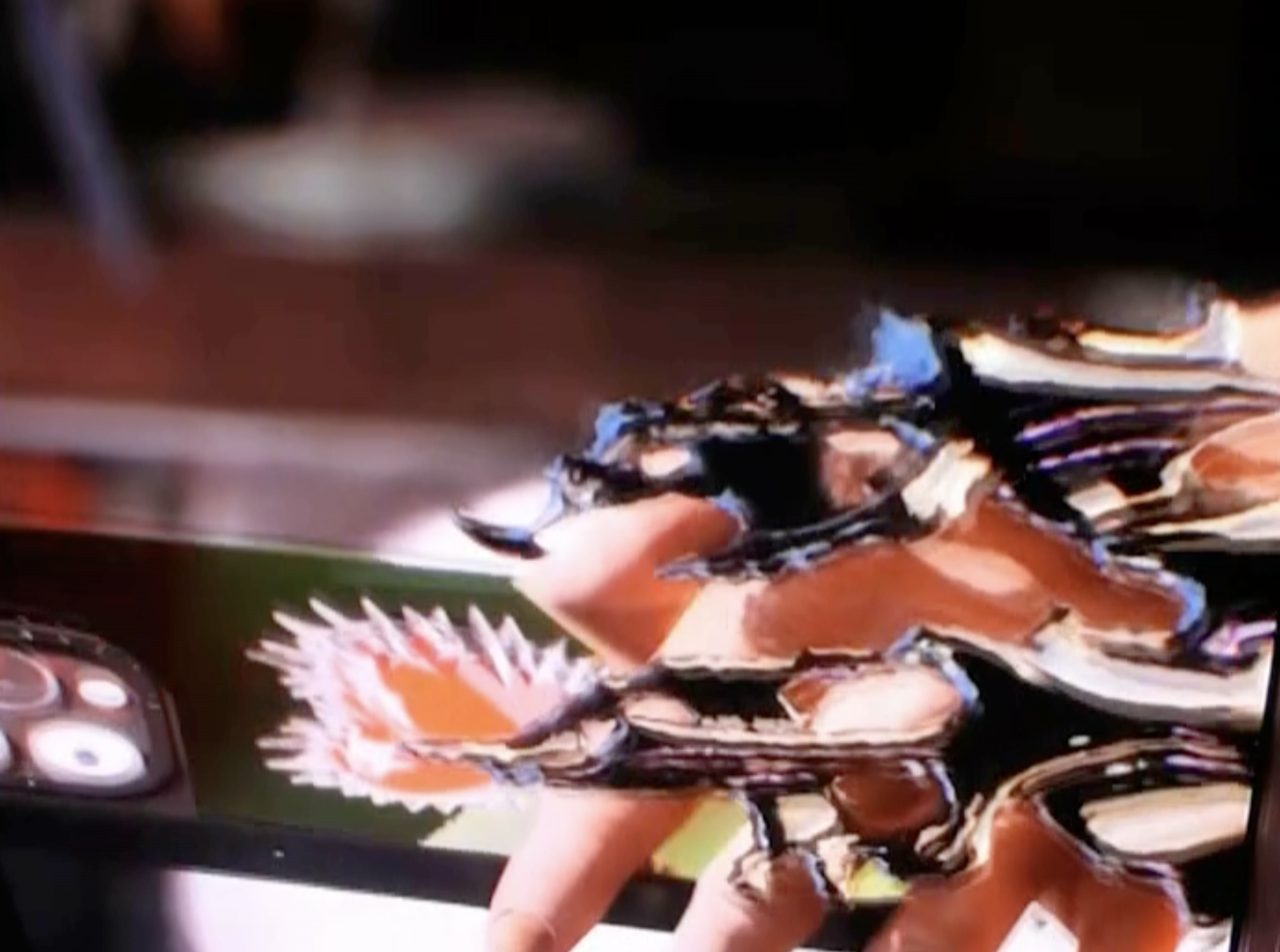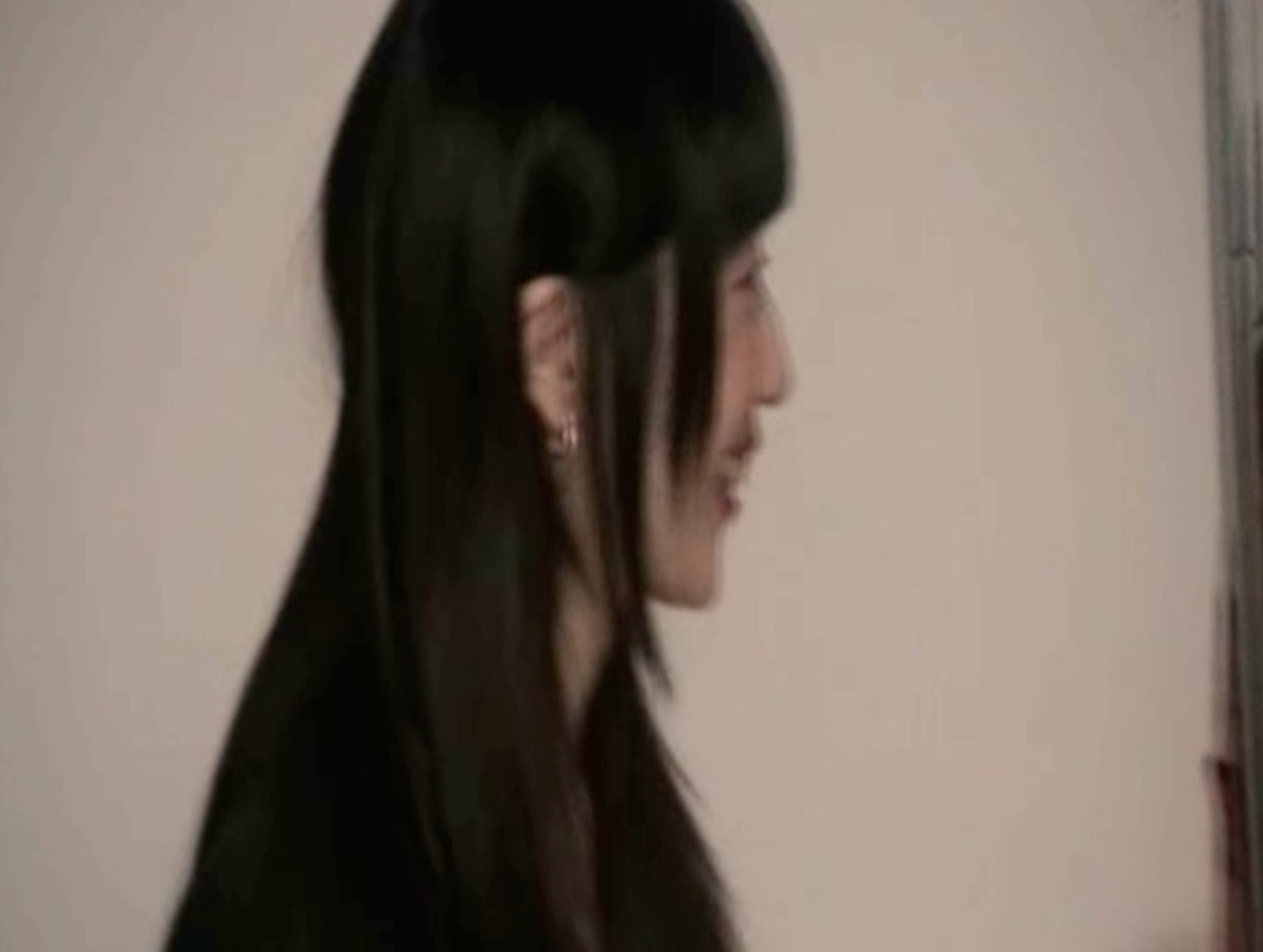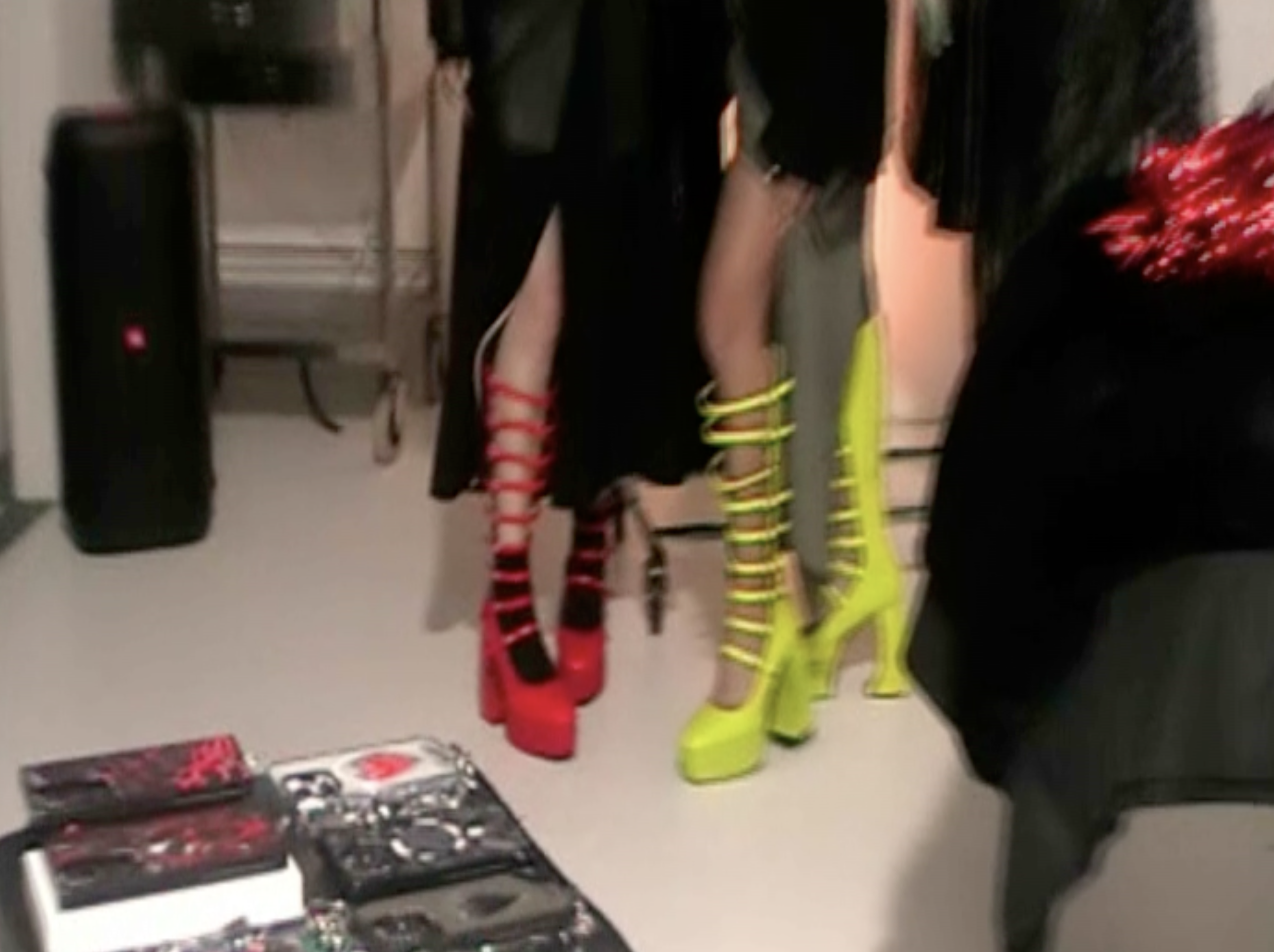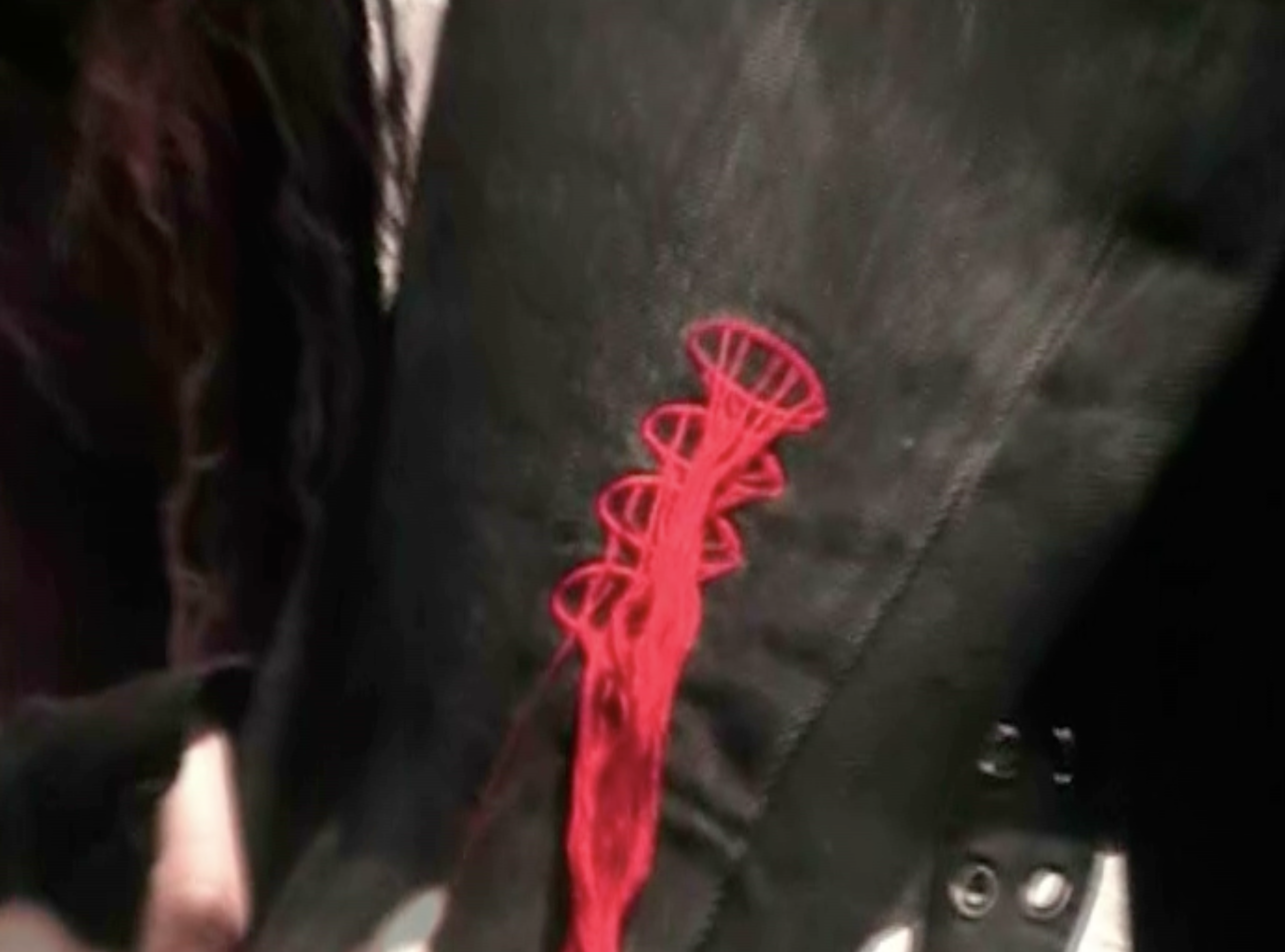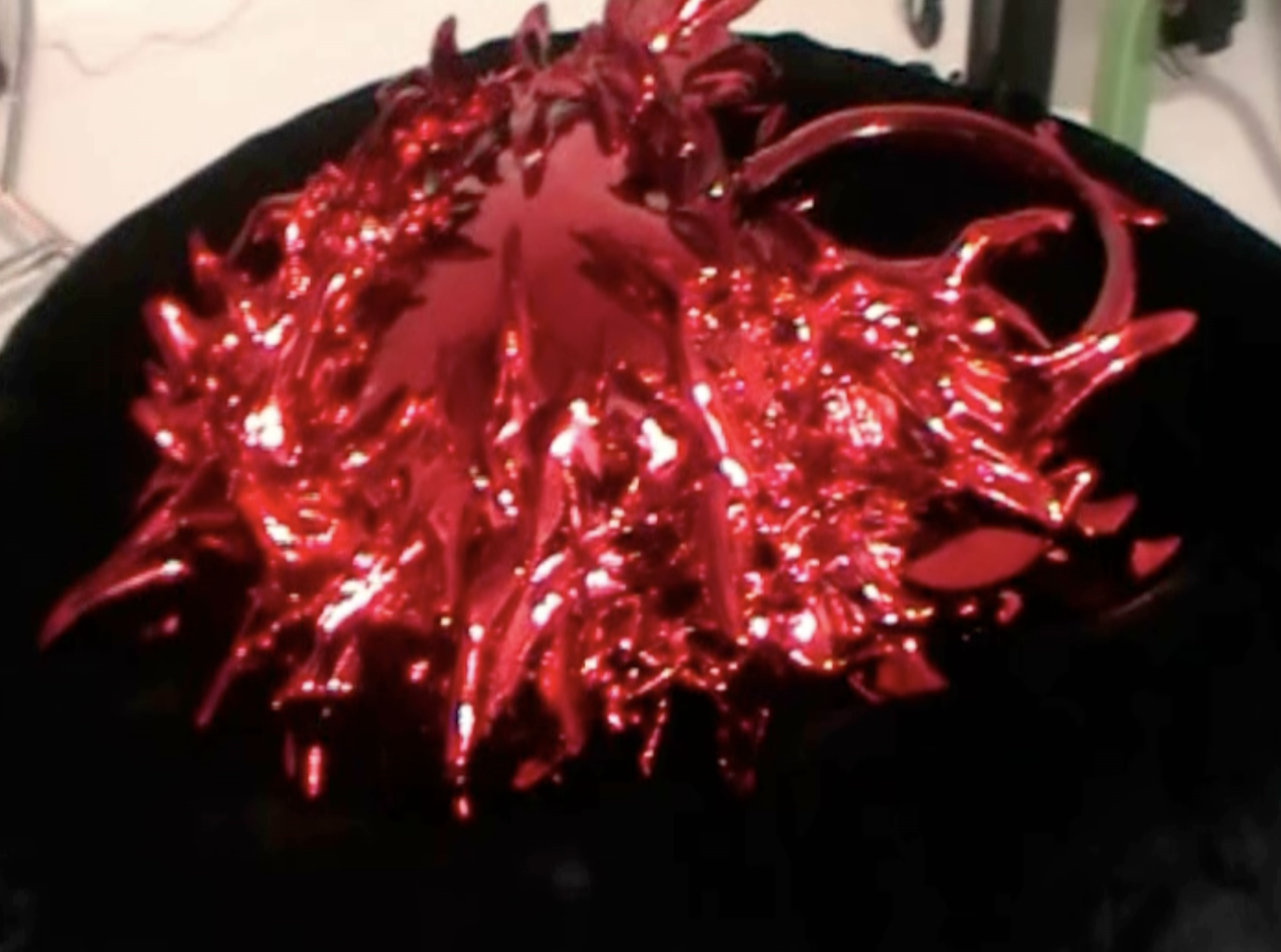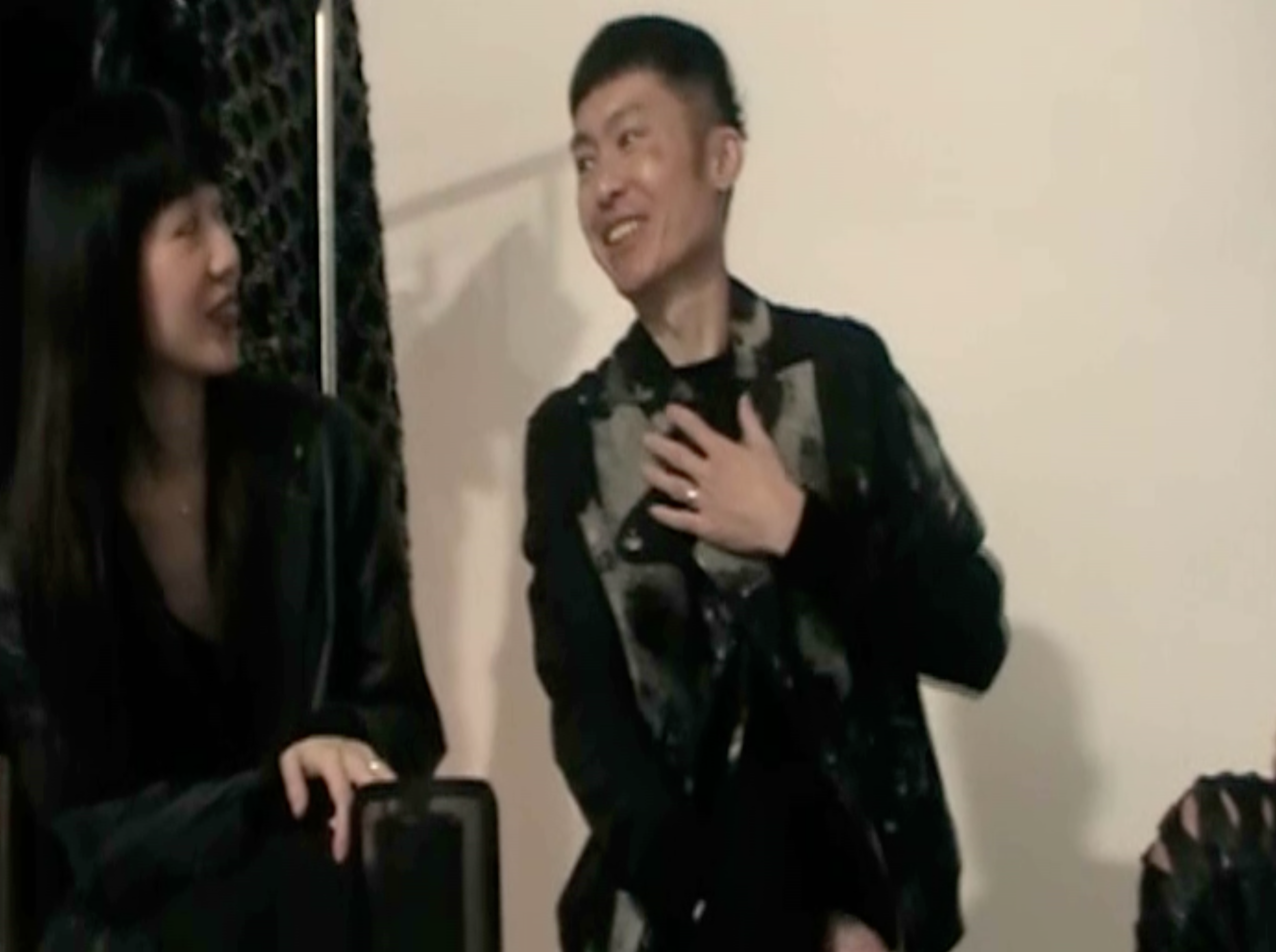Into the Injury Vault ‘0000’
An AAFW Interview with Astrophe Magazine.
Creatives Karvesh Pillai and Karen Leong sit down to decrypt a week’s worth of insider trading, runways, and the many faces of Australian fashion. Watch their video journey above and their interview recap with digital and fashion label Injury below.
K: I’m Karen, and I’m super excited to be here facilitating a conversation with Dan and Eugene, the creators behind Injury, a multidisciplinary media lab that blends the tangible with the digital.
E: I’m Eugene from Injury, the creative director of the brand.
D: I’m Dan from Injury, I’m the brand director.
K: For the first time since 2017, and after a series of digital runways, INJURY returned to showing a gender neutral phy-gital runway with their 23/24 collection ‘0000’, to display the delicate yet expansive line between the physical and digital worlds of fashion as they merge into one. Spanning across almost 20 years, the Australian label has showcased their runway collections on-schedule at worldwide fashion weeks including Paris, New York, Shanghai and Sydney.
So, I wanted to start with our heritage as Hong Kongers. What does representation in fashion and your shared identity inform your work?
E: When talking about representation in fashion, our brand is always about love and diversity, about care.. And in terms of our shared identity as both being from Hong Kong and Australia, I think we have a lot of things in common. It’s always about love of freedom, embracing freedom of expression and protecting that, and obviously at the same time it’s also about being a non-conformist. We built our journey, we built our dreams, and we don’t conform to fate. I think this is obviously in our DNA.
K: I agree. I think Hong Kongers are definitely hybrid in the way they approach fashion — taking different fixtures and mediums, merging that into something completely new. I see that in your work and definitely within towing the line between physical and digital, which you’ve done a great job with.
Another key component of Injury’s practice is sustainability. I guess I wanted to know how you ensure you keep to those goals of sustainability and preservation in fashion when you’re planning such a large-scale show?
D: As a fashion designer, I think one of the main goals is always trying to find more sustainable ways to make your creations. We’ve been doing this for a very long time, and there’s a lot of wastage in the industry and we really want to change that. We’re doing it step by step and the biggest thing we’ve achieved so far is to incorporate the digital fashion process into the sampling creation process.
With that alone, we’ve cut down 70% of our waste production. We create everything digitally first — the colour, the fabric, and the physics of the garment, and then we try and recreate it in real life. It’s a step by step process, and we are also trying to reinvent some of our previous designs, or like, repurpose them so we can make use of all our samples.
K: It really does go to show that you can still have very intricate execution, while keeping ethics at the forefront of what you do. What are some risks with this year’s show that you decided to take, despite not knowing how it would pan out?
E: The biggest risk was whether we could complete it all on time. I worked till 7:30 AM in the morning, doing the editing for the digital film before going to the venue, so uhm. (laughs) We made it!
K: You guys sure did. And the payoff was definitely worth it. I attended 5-6 shows this year, and oftentimes the aesthetic or the vision doesn’t merge very well with the execution, but that wasn’t the case here. I felt the Injury show definitely had that narrative pull and storytelling, to back the themes of love and the future from a techno-orientalist perspective.
“We built our journey, we built our dreams, and we don’t conform to fate. I think this is obviously in our DNA.”
I’d love to know why this year was the year you decided to bring a physical runway back into your practice, cause I know this is the first time since 2017.
E: We started off with physical fashion, and into the meta-verse and digital collection but it was the pandemic that stopped our physical show. So this year just seemed like a good year to showcase the digital and physical again in one show.
K: It’s incredible to see how certain situations can bring innovation which is now such an intrinsic part of your show. The digital experience is what elevates your concept entirely.
I want to know, what does your creative process look like? What is Dan responsible for, versus Eugene?
E: I take the role of the creative director. So I try to set the tone, the theme and the narrative to start with. We will go on individually to design pieces and items, and then we join back again to enhance everything. Once we have the clothing down and the characters designed, I finish the digital film.
K: What was the spark of inspiration for the film this year? All those different characters in that world, what was the inspiration behind the film we watched at AAFW?
E: It’s really about humanity and how it is developing with technology, and also when I composed the film, the more surreal side of things, I’m always influenced by Storm Thorgerson, the design studio. He designed the album covers for Pink Floyd, T-Rex, and the way he presents his ideas through surrealism is a big influence.
K: Yeah, I love how surrealism is threaded in your work — It feels surreal in a very streamlined manner, where you could peer into the future and almost apprehend it around the corner happening soon.
On the topic of references, I want to know what are your greatest creative influences, whether that be in fashion or art?
D: Vivienne Westwood. Her way of creating really inspires me.
K: Love that - your shoes are very ‘Anglomania’ as well.
D: Oh, thank you!
E: For me, it’s always music in culture. Storm Thorgeson. (laughs)
K: I feel very grateful that the two of these figures played such a pivotal role in your world-building which we get to experience.
“while the city continues to change, it’s how we put and embed these emotions in art and fashion that will immortalise it.”
What advice do you have, for young digital creators, or people who are looking to break into the fashion industry, but against the mould of what it currently is?
E: Passion. It’s always passion and drive. Follow your passion to do what it is you really love.
D: Just go for it.
K: Take the risk and see where that lands you.
D: Yeah. Exactly.
K: On a final note, what should we expect next from Injury?
D: We’re working on a retail store and online store. With this collection, we really want to sell wholesale. Also for Injury, we want to explore potential opportunities with galleries or museums. We’ve got a couple of events coming up at the National Portrait Gallery, so we do want to have more showings.
I actually wanted to ask you something.
K: Oh, goodness. Go for it.
D: Same question. How does our shared identity move you?
K: As a creative, it’s very interesting coming to a place like Australia from an international school background — the Hong Kong I grew up in may not be the Hong Kong my sister grew up in, or my mum. It constantly changes and takes on a new life.
D: Yeah.
K: But I think the core of what you were saying, your right to individual expression, not adhering fully to the East or the West, these are such powerful ideals that influence how I work and how I write. Unintentionally and intentionally, it frames my work around contrasting ideals of memory and nostalgia, as well as this push for modernity, this super-charged technological hub.
D: What you just said, I feel exactly the same. I understand.
K: We see each other. And as you said, while the city continues to change, it’s how we put and embed these emotions in art and fashion that will immortalise it.
I feel so privileged to see other Hong Kongers do so well, absolutely killing it in the fashion industry. It’s really been a pleasure to track your journey, even from last year to now. So, 多謝.
D: 多謝.
*多謝, colloquial cantonese for thank you very much.
